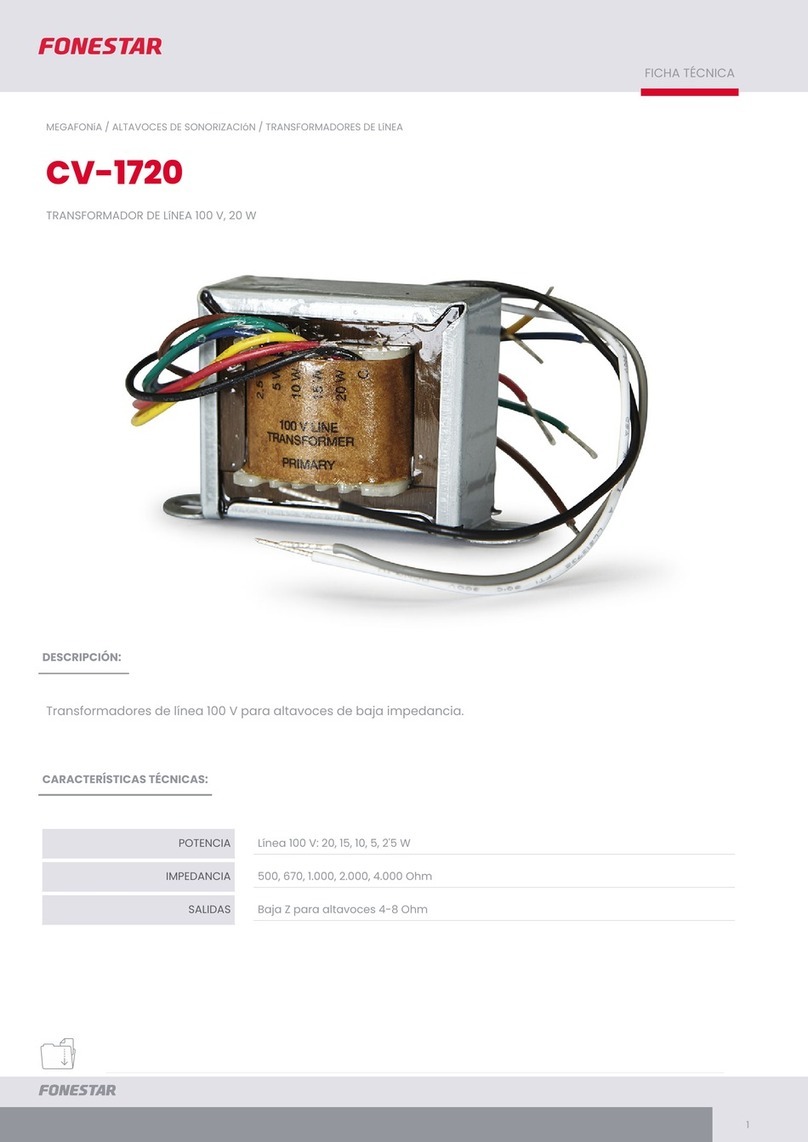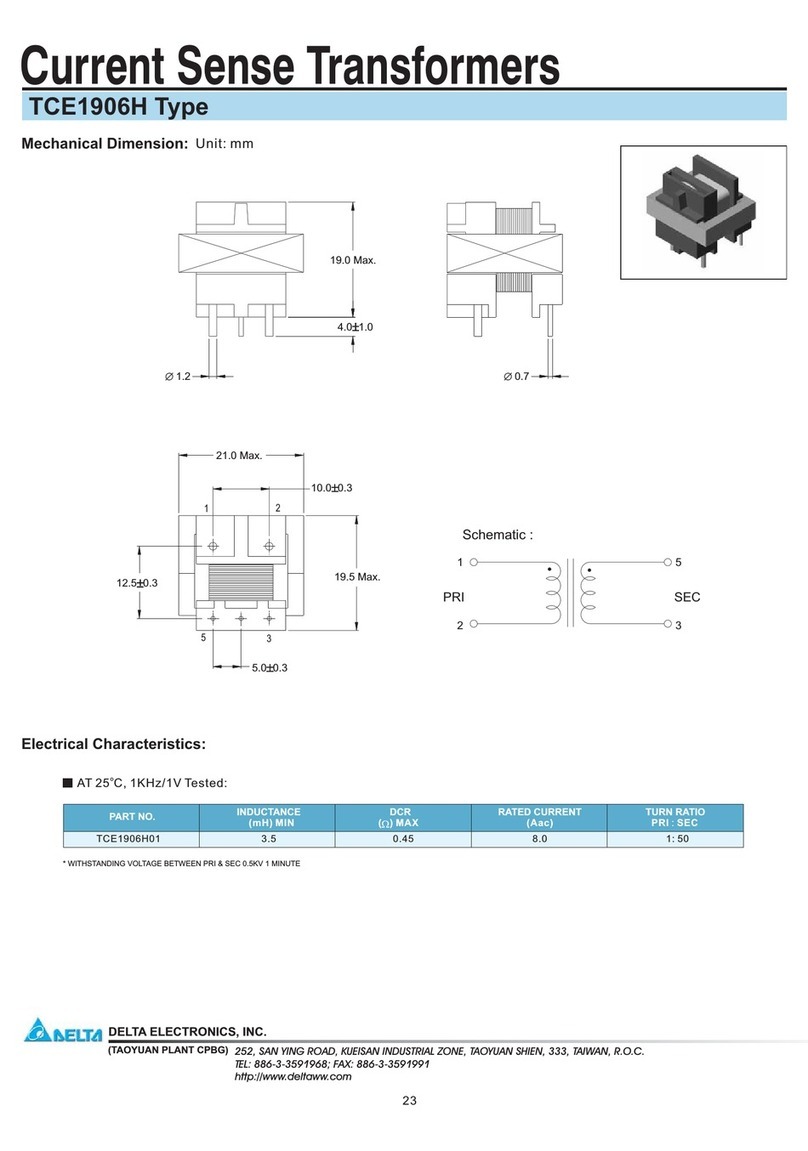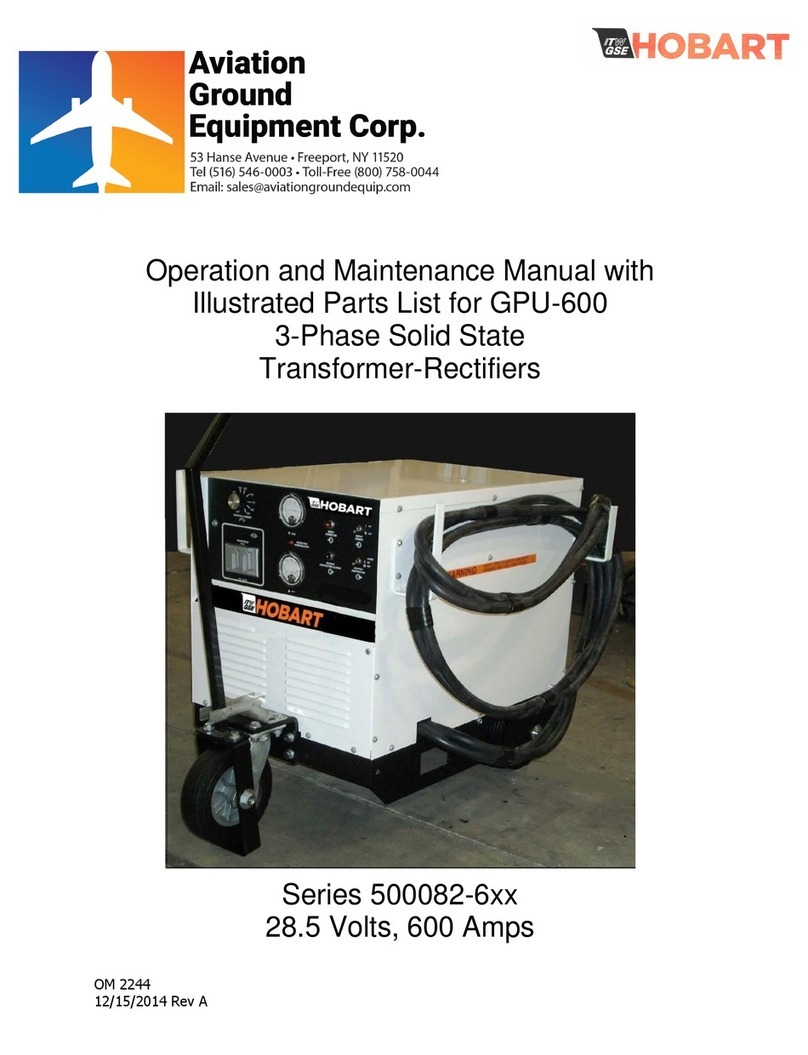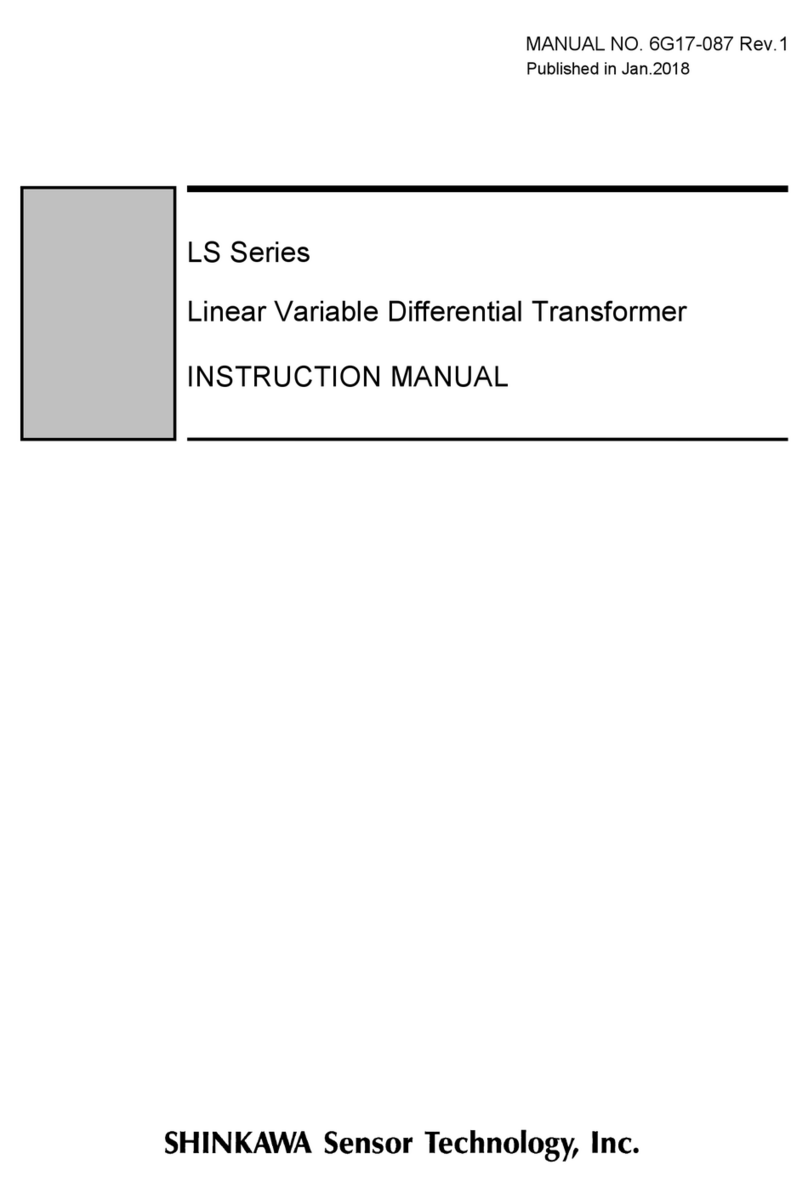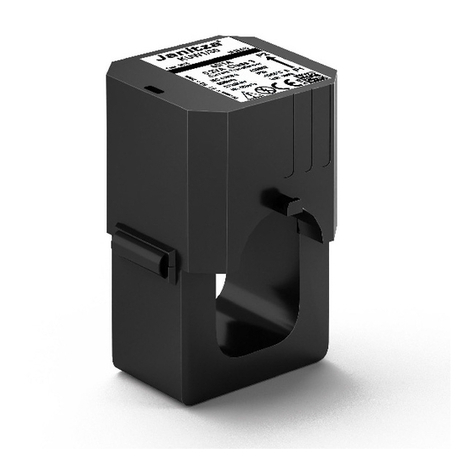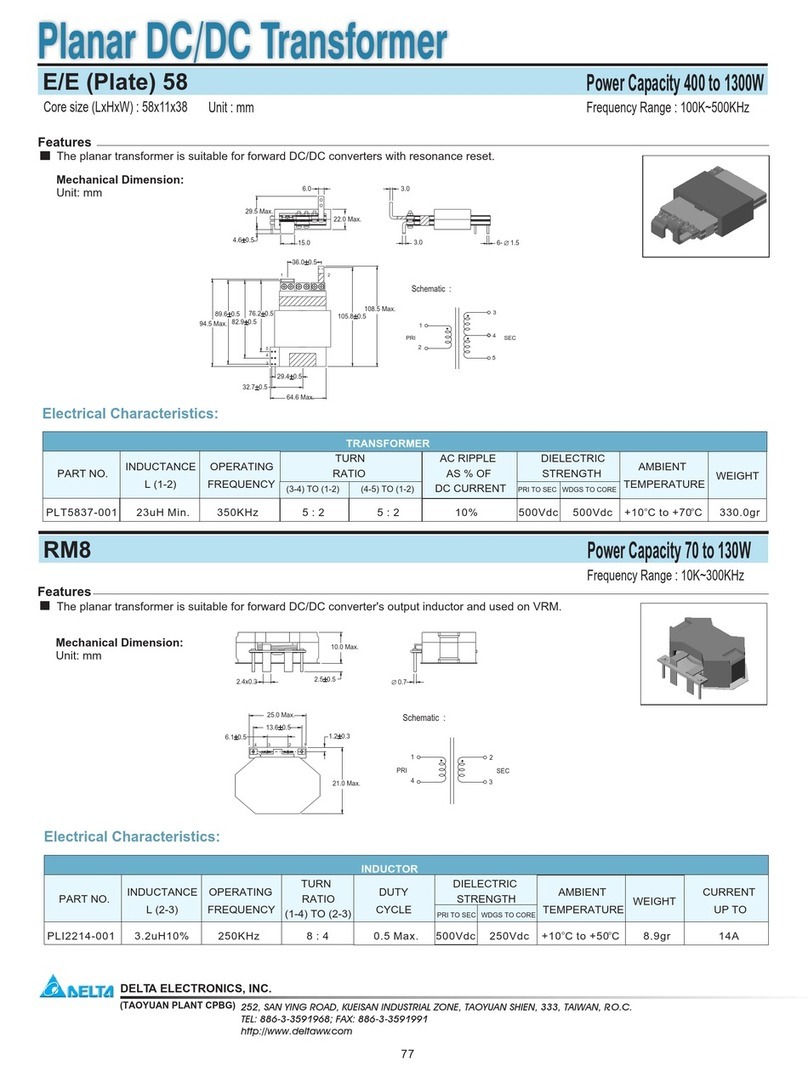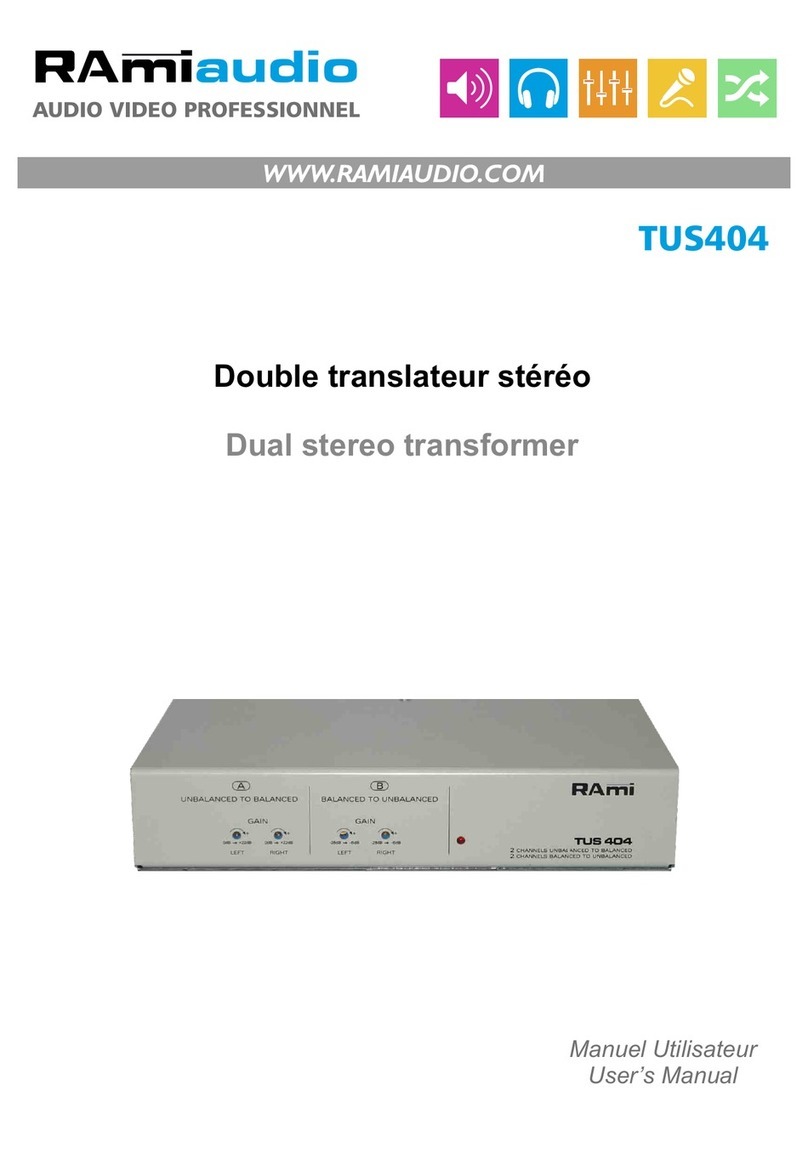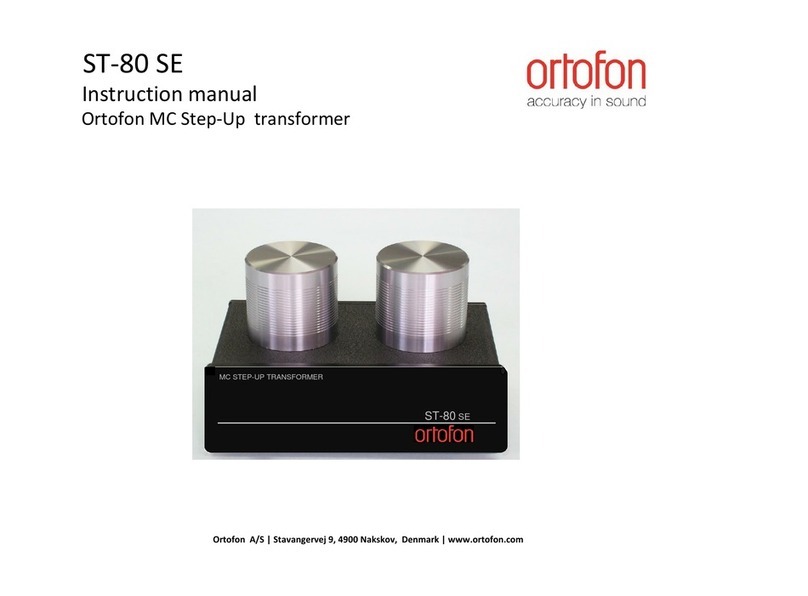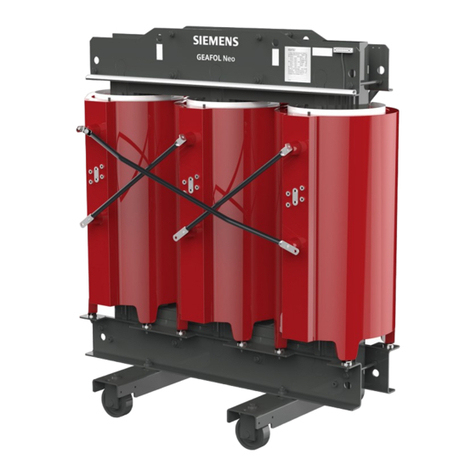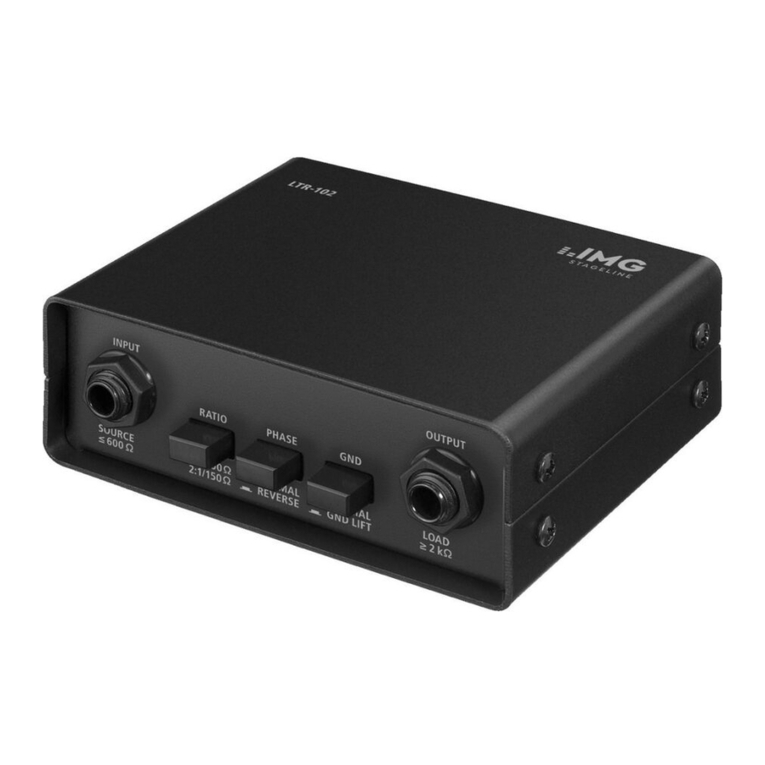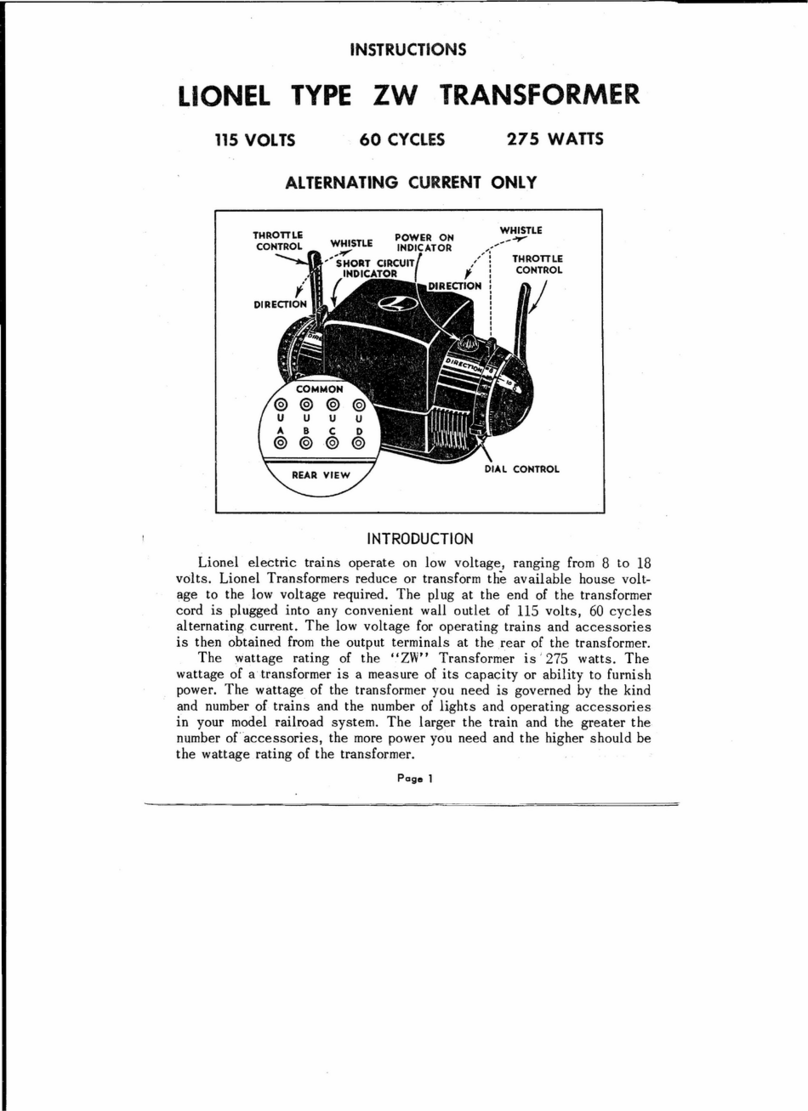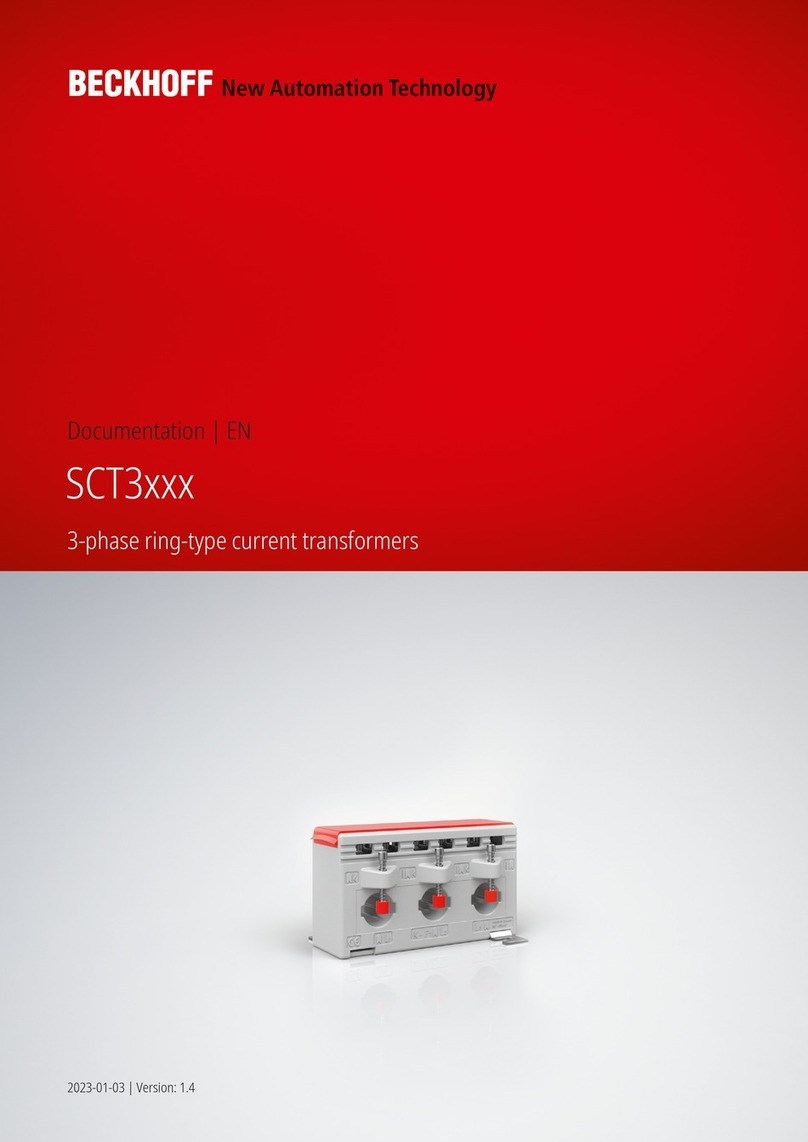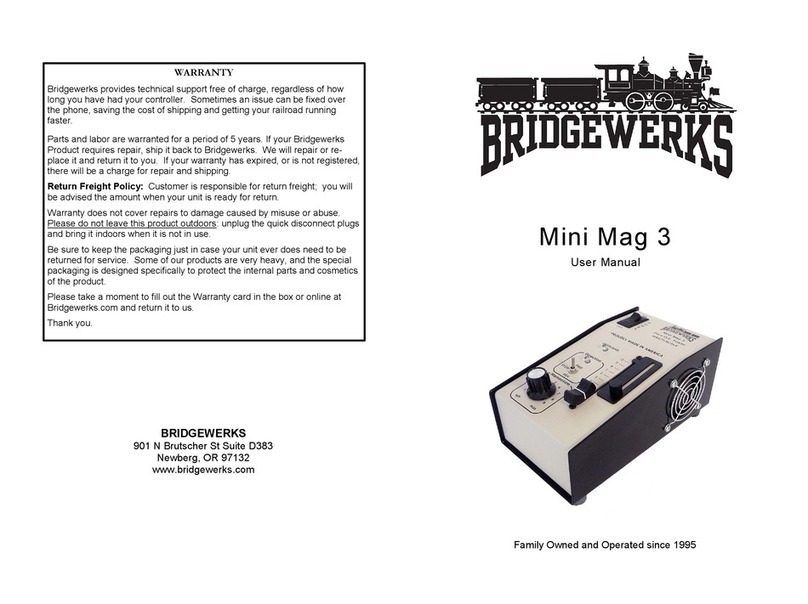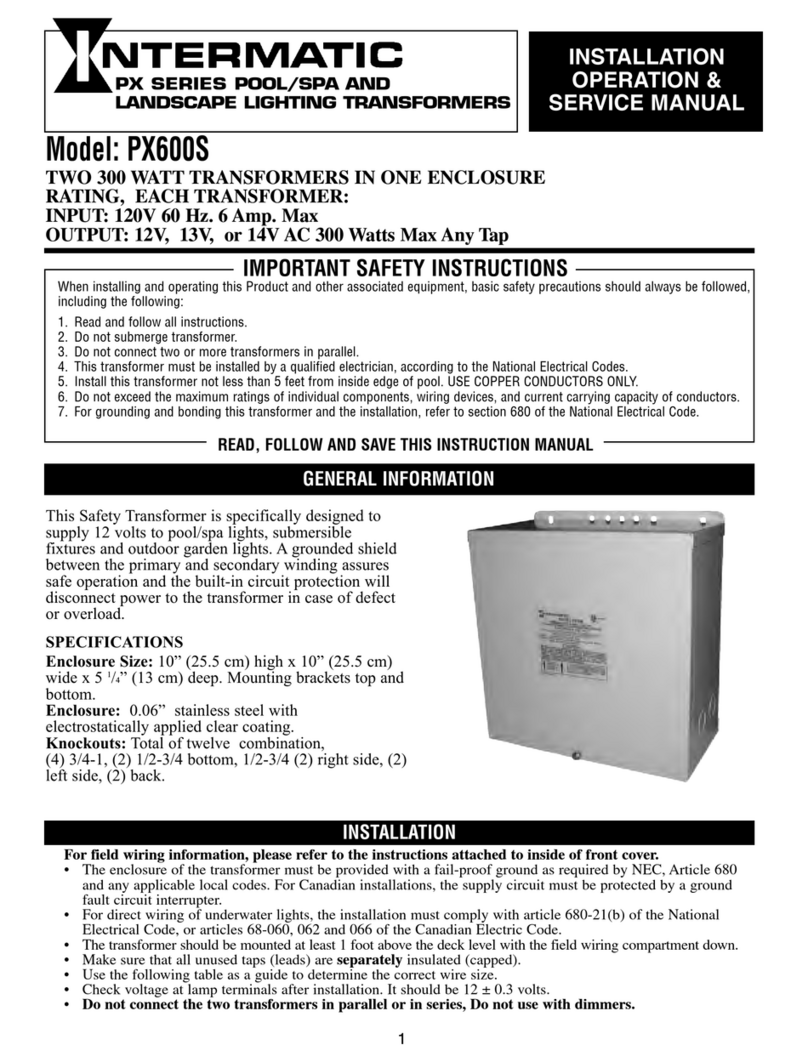
Table of Contents
About this User Guide ............................................................................................................... 3
Box Contents .................................................................................................................. 3
Introduction ................................................................................................................... 3
Controls and Features .............................................................................................................. 4
Front Panel ..................................................................................................................... 4
Channel Controls ............................................................................................................. 4
Input Selection ........................................................................................................ 4
Phase .................................................................................................................... 4
Mic Input Gain ......................................................................................................... 5
+48V ...................................................................................................................... 5
Line Input Gain ........................................................................................................ 5
Instrument Input ..................................................................................................... 5
Z in (Input Impedance) ............................................................................................. 5
Filter ...................................................................................................................... 5
Insert ..................................................................................................................... 6
Channel Meters ....................................................................................................... 6
Meter Calibration ..................................................................................................... 6
Rear Panel ...................................................................................................................... 7
AC Mains Inlet ......................................................................................................... 7
Channel Mic Inputs .................................................................................................. 7
Channel Line Inputs ................................................................................................. 7
Channel Outputs ..................................................................................................... 7
Channel Insert Sends and Returns .............................................................................. 7
Meter Calibration Pot ............................................................................................... 7
Physical Characteristics ............................................................................................................ 8
Power Requirements ........................................................................................................ 8
Appendices ............................................................................................................................. 9
Connector Pinouts ........................................................................................................... 9
Preamp Input Impedance ................................................................................................. 10
Switchable Impedance - In-Depth Explanation ............................................................ 10
Pro Tools interfacing ....................................................................................................... 12
Performance and Specifications ................................................................................................ 13
Notices ................................................................................................................................. 15
Focusrite Warranty and Service ......................................................................................... 15
Registering Your Product .................................................................................................. 15
Customer Support and Unit Servicing ................................................................................ 15
Troubleshooting ............................................................................................................. 15
ISA Two User Guide
2

